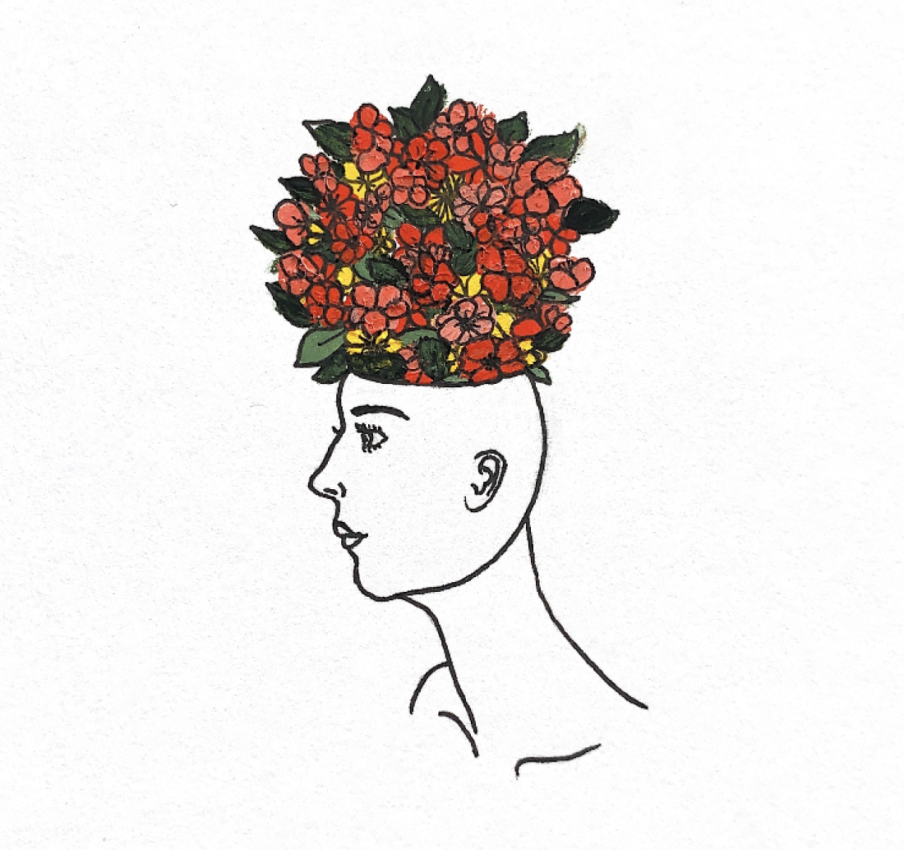
On March 19, the Brain Blast panel was hosted by the Saskatchewan Health Authority, the University of Saskatchewan and the Acquired Brain Injury Partnership in honour of Brain Awareness Week. The panel featured three speakers from psychology backgrounds who brought fresh scientific perspectives on everyday behaviours.
Dr. Lorin Elias, a professor and vice-dean academic at the U of S, started the discussion by talking about the lopsided brain — the fact that our brains show rightward or leftward biases in different situations.
One of these situations is well known to many humans — cradling a baby.
Elias explained that when humans cradle babies, they tend to cradle them to the left. Although many people think that humans cradle to the left because it leaves their dominant right hand to free, this is untrue — the leftward bias also appears in left-handed people.
Instead, Elias suggested that our leftward preferences for cradling babies stem from the fact that the right hemispheres of our brain are associated with processing emotions.
“Given that the right hemisphere of the brain perceives what we see on the left side of space, we tend to [cradle infants so that they are] exposed to our right hemisphere to better … monitor and judge the emotional state of the child,” Elias said.
Other leftward biases in the brain may also be relevant to our daily lives. For example, Elias says that humans show preferences for light projecting from the top left. This informs our aesthetic preferences, including how we see landscape photography, art, magazines photos and even children’s drawings.
Elias’ research also suggests that leftward biases influence our consumerist behaviour. In one of his studies, participants were more likely to buy perfume products when the marketing photo had light coming in from the left side versus the right side.
Justin Christensen, who has conducted post-doctoral research at U of S and holds a PhD in music composition, provided a different perspective than Elias. Christensen addressed how playing music involves heightened cognitive activity, which strengthens connections in the brain that help prevent Alzheimer’s disease.
Christensen’s research drew evidence from glial cells — cells that clear up the “plaque” in the brain. Alzheimer’s patients’ brains accumulate high levels of plaque, which is removed by glial cells. However, these cells eventually malfunction due to their high activity levels, causing further damage to the brain and exacerbating brain deterioration.
To maximize the benefits of music, Christensen recommends playing an instrument instead of passively listening to music.
While Christensen provided information on the brain from a neuroscientific perspective, Ashley Breland, a clinical intake therapist from the U of S and registered social worker, focused on the brain by discussing mental health. Breland suggested that one way of improving a person’s mental health is through setting clear boundaries.
Paraphrasing a quote from Brené Brown, Breland stated: “Simply put, boundaries are what is okay and what is not okay.”
To set boundaries, Breland recommends that her clients reflect on their personal boundaries such as their ability to say no to others.
Breland feels that setting boundaries can be a form of self-care because it sets creates consequences for those who disrespect others’ boundaries and ensures consent from all parties involved.
“[Boundaries] ensure that we are saying yes and no to the appropriate things. It also sets in place [consequences] when the boundary isn’t respected,” Breland said.
Through helping others establish personal boundaries, Breland offers others a way to improve their mental health and the quality of their relationships.
Attending the Brain Blast panel allowed participants to understand their brains on a deeper level, thereby grasping their own biological mechanisms in the context of a broader society.
—
Annie Liu | Staff Writer
Graphic: Breena Hebron